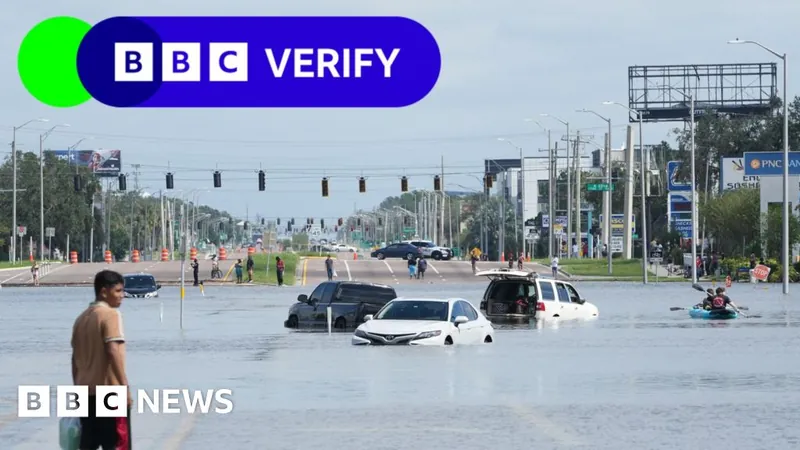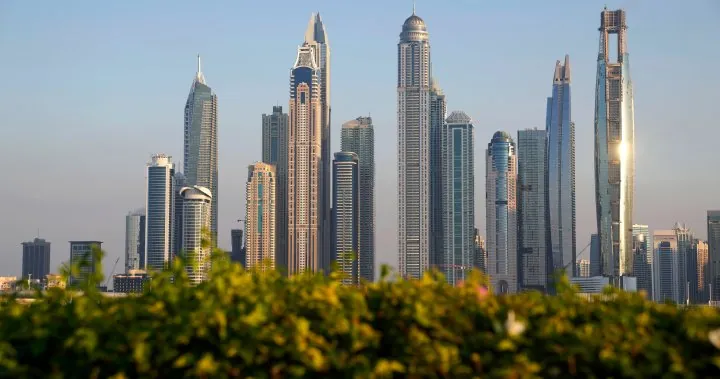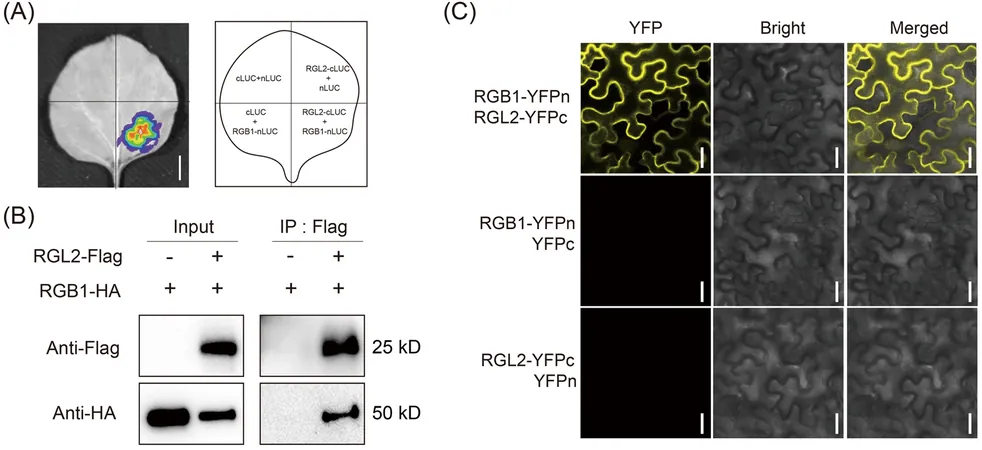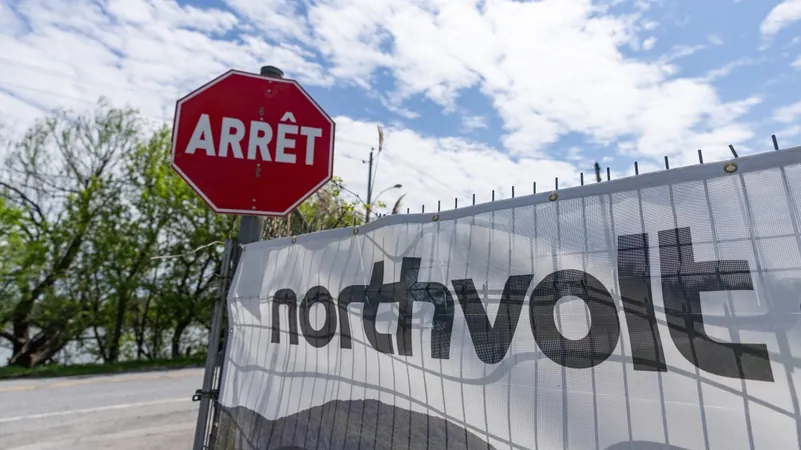
The Rise of Misinformation: How Hurricanes Milton and Helene Became Catalysts for Conspiracy Theories on Social Media
2024-10-11
Author: Michael
Introduction
A storm of misinformation has engulfed social media platforms concerning the recent back-to-back hurricanes in the United States, Milton and Helene, igniting an unprecedented frenzy of false claims and conspiracy theories. As both storms battered the coastlines, a significant percentage of online commentary turned from legitimate concerns to wild concoctions of untruths, revealing a troubling trend in how social media prioritizes engagement over factual accuracy.
In an alarming twist, the scale and rapidity of these misleading rumors are unlike any that have been encountered in earlier investigations. Viral posts have varied widely — from vague questions disputing the credibility of meteorological forecasts and rescue efforts to more sensational assertions, including claims propagated by former President Donald Trump that hurricane relief funds are misappropriated to assist undocumented migrants.
Adding to the chaos, users began circulating fabricated images, featuring AI-generated scenes of devastation and videos that were either old footage from different storms or created using CGI technology. The discourse even took a conspiratorial turn, with assertions that the government was somehow manipulating the weather itself through 'geo-engineering’. Notably, Congresswoman Marjorie Taylor Greene voiced this claim on X, stating, “Yes, they can control the weather,” further amplifying the disinformation.
Fact-Checking the Fray
Contrary to the assertions being made, there is no credible evidence that Hurricane Milton was “engineered” by any government agency. In the aftermath of the hurricanes, many individuals were left assessing the damage, yet misinformation clouded the views of the genuine response efforts.
The spread of this viral misinformation has been largely driven by certain accounts, many of which are blue-checked and known for disseminating conspiracy theories. These accounts have a history of sharing dubious claims about everything from electoral integrity to pandemic responses. A significant shift occurred under the ownership of Elon Musk, who allowed users to purchase blue-check verification. Consequently, these users gained enhanced visibility for their posts, reaping financial benefits irrespective of the truthfulness of the content shared.
In an even more controversial move, X’s revenue-sharing model incentivizes blue-tick users to produce content that garners immense engagement — regardless of its veracity. Recent policy changes announced on October 9 indicate that users now earn money based on engagement levels from paying subscribers rather than just advertisement revenue, prompting many to chase viral fame at the expense of factual integrity.
While other social media platforms like YouTube and Instagram implement stricter guidelines against misinformation, X lacks a similar framework, making it easier for misleading content to proliferate unchecked. The platform has inched towards labeling certain posts and introducing “Community Notes” for context, yet it has also removed mechanisms that allowed for user reporting of misinformation.
The Ripple Effect
Furthermore, misleading posts originating on X tend to migrate to comment sections of videos on other platforms, showcasing the interconnectedness of social media and how misinformation can easily escalate. Influencer content creators, like “Wild Mother,” whom I reached out to, noted a significant shift in user engagement. She observed that instead of facing skepticism, her conspiracy-laden discussions now attract widespread agreement.
The ramifications of such disinformation extend deeply into society, eroding public trust during critical phases of rescue and recovery following hurricanes. While misinformation during natural disasters isn’t new, the current landscape is markedly different; false claims are reaching wider audiences, with a staggering estimate from the Institute of Strategic Dialogue suggesting that just a fraction of misleading posts was viewed over 160 million times.
With the backdrop of an impending U.S. presidential election, the political undertones of these conspiracy theories are sharper than ever, leaving many to wonder about the influence of social media on public perception and societal trust in authority during times of crisis.
In these tumultuous times, vigilance against misinformation is crucial; understanding the origins and motivations behind viral claims can empower users to critically evaluate the information they consume and share.









 Brasil (PT)
Brasil (PT)
 Canada (EN)
Canada (EN)
 Chile (ES)
Chile (ES)
 España (ES)
España (ES)
 France (FR)
France (FR)
 Hong Kong (EN)
Hong Kong (EN)
 Italia (IT)
Italia (IT)
 日本 (JA)
日本 (JA)
 Magyarország (HU)
Magyarország (HU)
 Norge (NO)
Norge (NO)
 Polska (PL)
Polska (PL)
 Schweiz (DE)
Schweiz (DE)
 Singapore (EN)
Singapore (EN)
 Sverige (SV)
Sverige (SV)
 Suomi (FI)
Suomi (FI)
 Türkiye (TR)
Türkiye (TR)